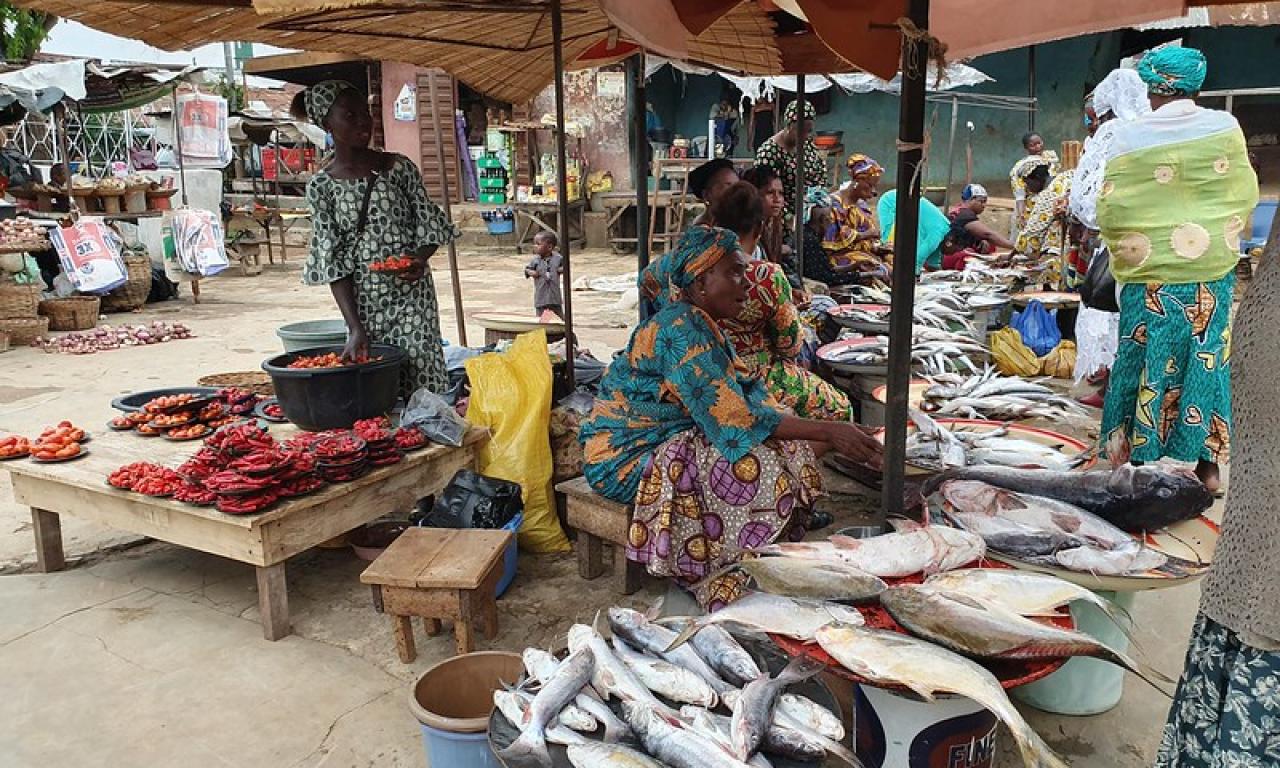
- Fisherwomen were particularly susceptible to COVID-19's socioeconomic consequences, but they were often overlooked in policy responses and government aid packages
- Sex-disaggregated data and gender data are essential to highlight the discrepancies in how men and women faired during containment measures and to better shape future policies
When the COVID-19 pandemic forced the world into lockdown, governments and development organizations struggled to mitigate the unequal socioeconomic repercussions on different populations. Containment measures sorely hit some populaces more than others with varying knock-on effects. This is why disaggregated data, which separates data along demographic lines, must be made available when crafting policy responses.
This is particularly true for sex and gender data, which is needed to reveal women and men’s different experiences during COVID-19 and adequately respond to their relative challenges.
A new WorldFish report, The importance of sex-disaggregated and gender data to a gender-inclusive COVID-19 response in the aquatic food systems, published as a chapter in the book Gender, Food and COVID-19, thus argues the importance of using sex-disaggregated data to alleviate the gendered impacts of the pandemic in aquatic food systems.
While women account for nearly 50 percent of the global workforce in aquatic food systems, their roles tend to be more informal and centered around supply chain activities like fish processing and trading, leaving them more vulnerable to shocks.
Therefore, despite performing the majority of secondary fishing and postharvest activities, there was little financial support offered to them in COVID-19 relief packages.
The publication cites the example of COVID-19 relief measures in Bangladesh, where the government issued rations to registered fishers who were no longer permitted to work—but women working along fish supply chains are not formally considered fishers and therefore didn’t qualify for government assistance.
“The narrow and arguably gendered definition of fisher resulted in COVID-19 social protection measures being inaccessible to the people who needed it the most and entirely overlooked the role of women in fisheries production,” said Afrina Choudhury, lead author and WorldFish’s senior gender specialist.
Disaggregating data along lines of sex and gender, as opposed to collating fishworkers’ data together, is thus essential to gather insights into gender-biased experiences and understand where mitigation responses are lacking for certain demographics.
“COVID-19 recovery efforts have largely been undermined by the lack of recognition and data about gender barriers and the different needs and relative risks to people of all genders. Collecting sex-disaggregated data is thus paramount to craft more inclusive responses and policies in aquatic food systems,” said Surendran Rajaratnam, a postdoctoral researcher at WorldFish.
Insights from Bangladesh and India
In Bangladesh, almost 80 percent of the workforce in fish processing factories and drying sites are women and young children.
Moreover, women involved in aquatic food systems in low- and middle-income countries perform a host of supply chain activities, like gutting fish or managing and cleaning aquaculture ponds. Since these activities often go unrecorded, their importance is rendered invisible in existing data and overlooked by policymakers in development initiatives.
When women performing informal work are not considered in the official employment statistics, planners may misconstrue the reality on the ground and overlook needed interventions and assistance—hence the importance of disaggregating workforce data along gender lines.
For women involved in the fisheries sector at varying capacities, COVID-19 induced migration also created additional unseen challenges to their livelihoods. Large-scale urban exodus, where mostly men fled metropolitan areas and headed to their rural homelands, flooded the labor market and displaced women from their existing fishing activities.
The loss of livelihood opportunities for women led them to deplete their savings, limiting their ability to buy fish to feed their families. This was compounded by the gendered intra-household allocation of food, where mothers typically eat last—so when food is scarce, they often go hungry or lack vital micronutrients, resulting in chronic malnutrition.
“Men and women are differently affected by shocks, which underscores the need to make informed policy and development decisions based on sex-disaggregated data for aquatic food systems to benefit women and men equally,” said Choudhury.
Women’s contributions to small-scale fisheries and aquaculture and the gender barriers that persist in the sector ultimately need to be identified, measured and addressed in COVID-19 responses, explained Rajaratnam.
